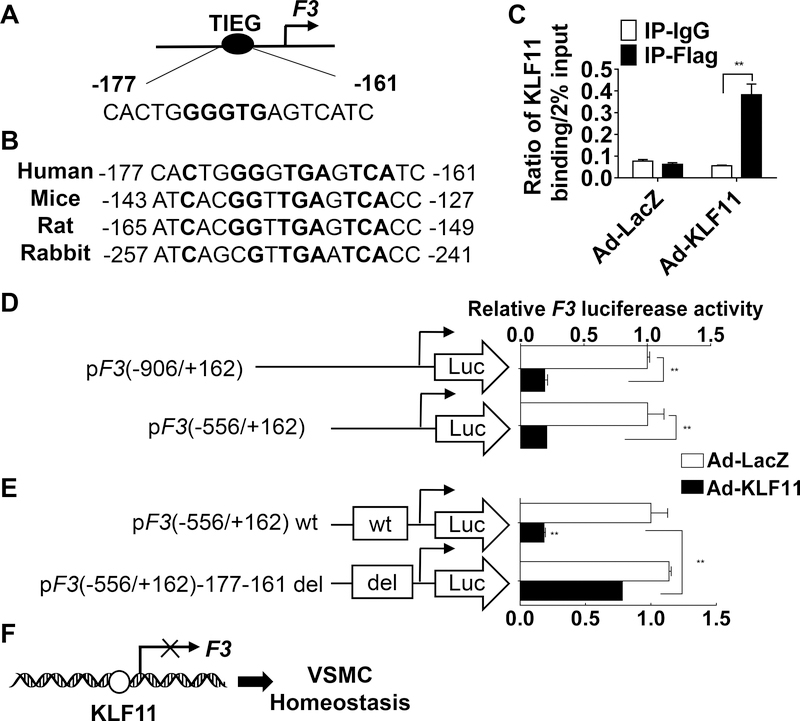Figure 6. KLF11 (Krüppel-like Factor 11) inhibits F3 (coagulation factor III) transcription.
A, A diagram showing the simplified structure of the human F3 promoter region with an illustration of the TIEG (transforming growth factor-beta-inducible early gene) binding site. KLF binding region is shown in bold. B, The bold bases indicate the conservation of the TIEG binding site among species. C, HASMCs were infected with Ad-LacZ or Ad-Flag KLF11. Forty-eight hours after infection, the binding of KLF11 to the F3 promoter was determined by ChIP assays using an antibody against Flag (n=4/group). D-E, A7r5 cells were transfected with two different length (D), or wt (wild type) or del (region deleted) (E) luciferase reporter driven by the F3 promoter and then infected with Ad-LacZ or Ad-KLF11 (50 MOI). Two days later, the luciferase activity was measured and normalized by Renilla activity. The results are presented relative to A7r5 transfected with pF3 (−906/+162) (D) or wt (E) and infected with Ad-LacZ group set as 1 (n=4/group). **P<0.01 using two-way ANOVA followed by Bonferroni test (C, D, E). F, Schematic summary: KLF11 inhibits F3 transcription by directly binding to the F3 promoter region.

